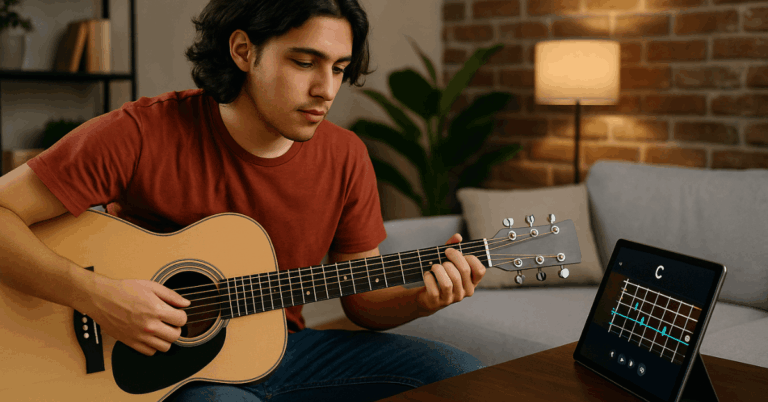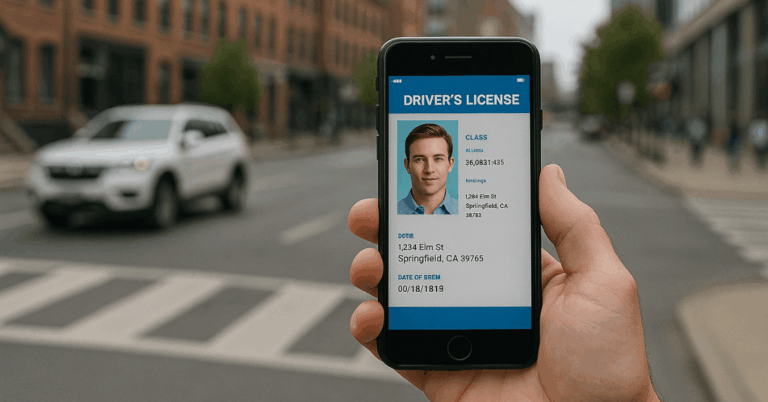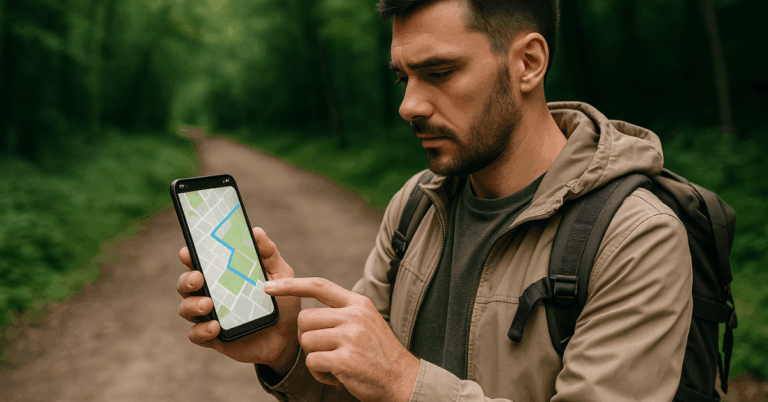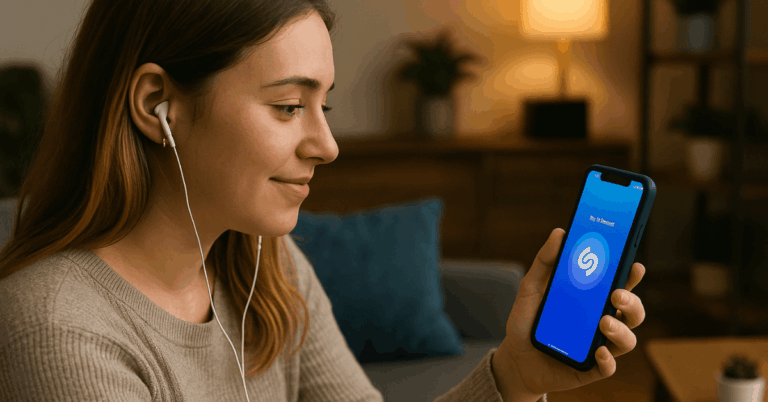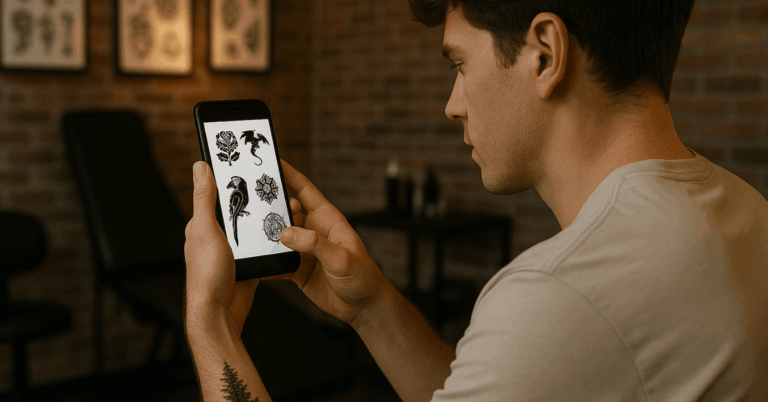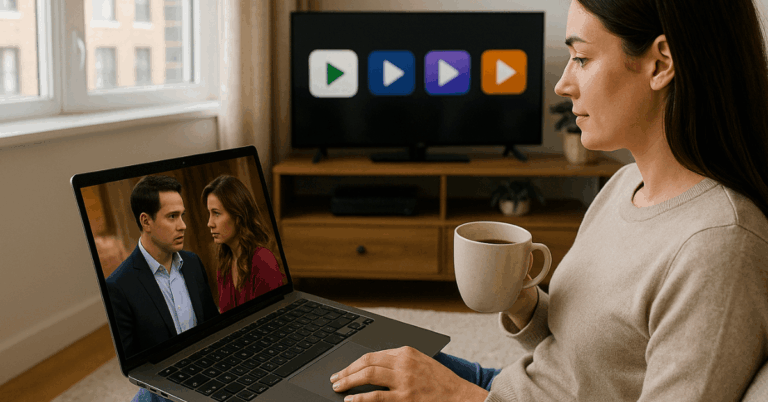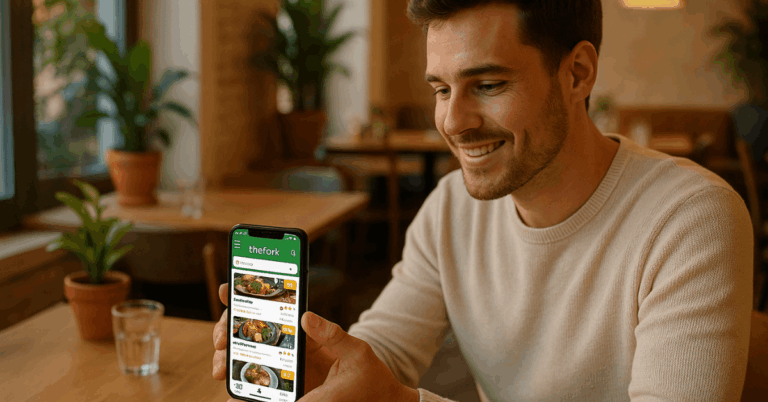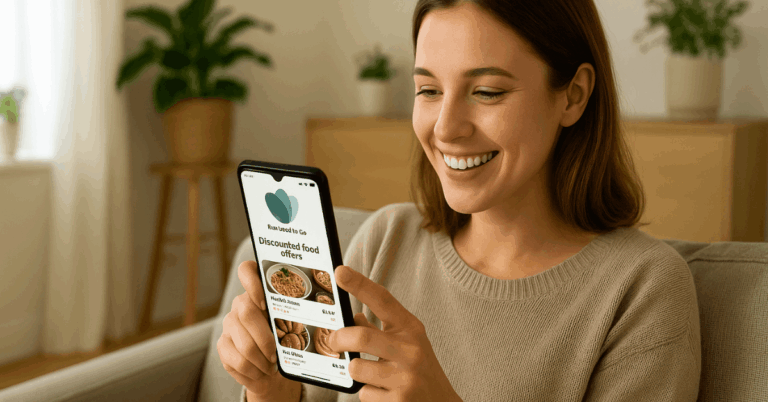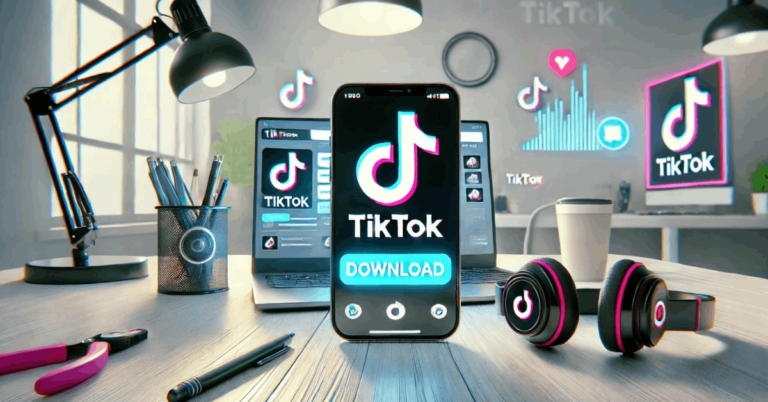Learning the piano has never been easier, thanks to mobile apps that simulate piano keys and offer guided lessons.
You no longer need a full-size piano or expensive teacher to get started. These apps transform your phone into an interactive learning tool.
In this article, you’ll discover how to use them effectively and which apps are worth trying.
Why Learn Piano Using Your Phone?
Modern technology allows you to learn piano using just your smartphone. The advantages are clear: convenience, affordability, and flexibility.
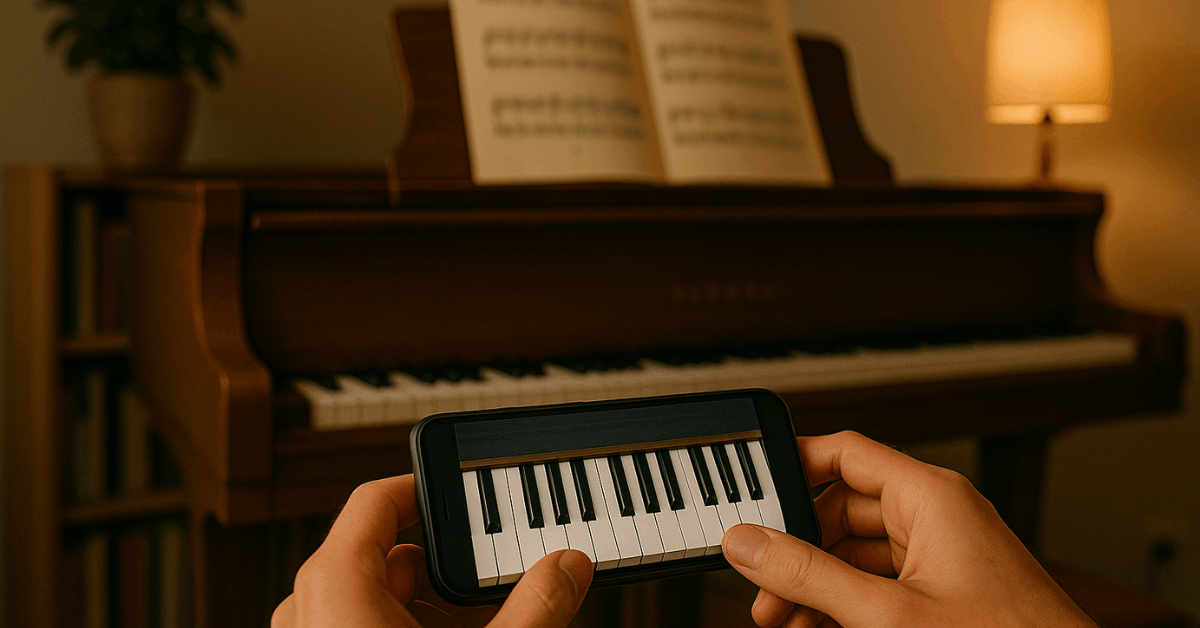
With interactive apps, beginners can learn at their own pace. You also receive real-time feedback that guides your practice.
Accessibility and Portability
Learning piano through your phone makes music education available to anyone. Whether you’re at home, commuting, or on vacation, you can continue practicing.
All you need is your phone and headphones. Many apps offer both visual and audio cues to support learning.
Cost-Effectiveness
Traditional lessons can be costly and inflexible. In contrast, most piano apps offer free content with optional upgrades.
This allows you to start learning without a financial commitment. You can decide later if a subscription is worthwhile.
Personalized Learning Pace
Each person learns differently. Piano apps adapt to your progress, giving you the time to improve each skill.
There’s no pressure to move forward until you’re ready. This makes learning more enjoyable and less stressful.
How Mobile Apps Simulate a Piano Experience?
Turning your phone into a digital piano involves more than just displaying keys. These apps integrate listening, visual guidance, and structured lessons.
You get both learning content and hands-on interaction. Below are the main features that replicate a piano learning environment.
Virtual Keyboard Function
The most basic feature is an on-screen keyboard. Your phone’s touchscreen responds to your taps like real keys.
Some apps allow multi-touch, enabling chord play. The layout mirrors an 88-key piano in a condensed format.
Microphone Integration
Some apps use your phone’s microphone to listen as you play on a real or MIDI keyboard. They detect whether you played the correct notes and give feedback.
This mode helps bridge app learning and real piano skills. It’s ideal for users who own physical keyboards.
Step-By-Step Lessons
These apps provide a clear, guided structure for learning. Beginners benefit from a logical sequence that builds skill gradually.
- Start with note recognition and finger numbers to develop basic familiarity.
- Move into reading sheet music, counting beats, and playing simple songs.
- Follow along with animated cues and visual guides for correct key placement.
- Use repetition to reinforce technique and build muscle memory.
- Most apps offer encouraging progress indicators to maintain motivation.
- Each step lays a foundation for more complex skills and coordination.
Instant Feedback System
Apps like Simply Piano and Flowkey offer real-time feedback. You’ll know if you hit the wrong note or tempo.
This feature helps correct mistakes quickly. It reinforces proper technique from the beginning.
Best Piano Learning Apps for Android and iOS
The market has many piano learning apps, but only a few stand out. Each offers structured lessons, interactive feedback, and a wide music library. Let’s look at their features and where to get them.
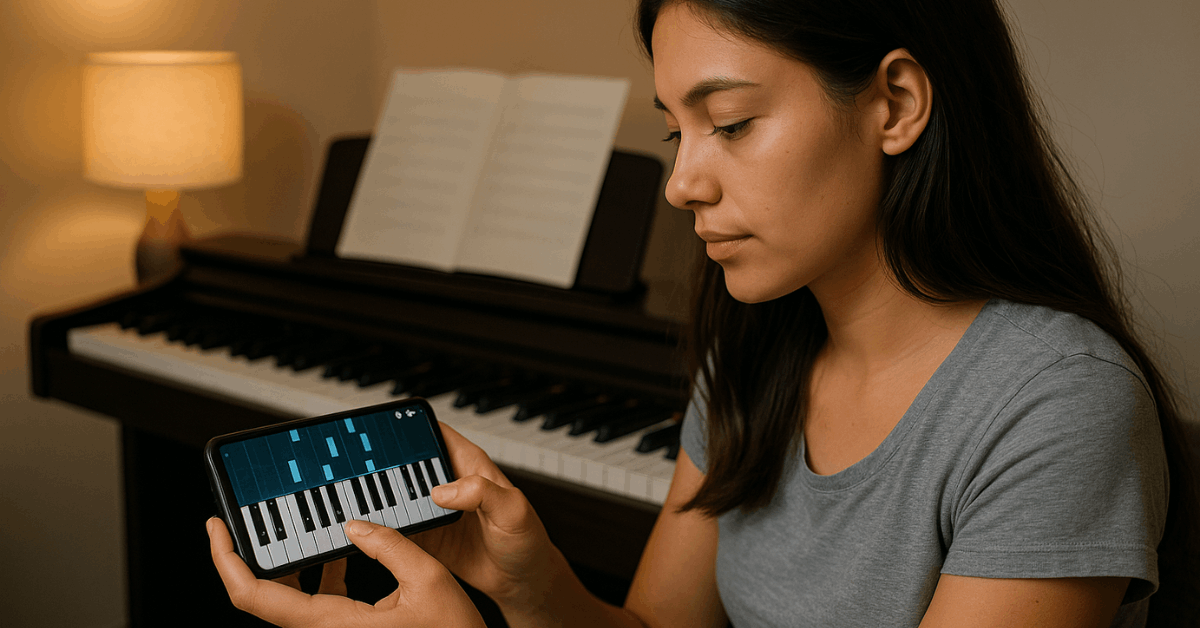
Simply Piano
Simply Piano is ideal for absolute beginners. It offers clear step-by-step lessons and instant feedback. You can use it with a digital or acoustic piano. Available on Google Play and App Store.
Flowkey
Flowkey provides interactive courses and a large variety of songs. It listens to your play and waits until you hit the right note.
Great for users who want to improve gradually. Search for it in the App Store or Google Play.
Skoove
Skoove uses AI to adjust lessons based on your pace. It includes music theory and improvisation tips. You can use it with real instruments. Accessible on Google Play and the App Store.
Yousician
Yousician gamifies the learning process with points and challenges. It listens via microphone and grades your performance.
Lessons cover theory, technique, and songs. Download it now from Google Play or the App Store.
My Piano Phone
This app turns your screen into multiple instruments including piano. It’s useful for learning notes and chords visually.
While not as advanced, it’s free and fun for casual use. Get the app on Google Play and the App Store.
How to Start Learning Piano on Your Phone?
Getting started is simple once you’ve installed an app. These steps guide you from download to practice.
- Download and install your preferred piano app.
- Choose between on-screen keyboard or external piano setup.
- Complete beginner lessons to learn finger positions and note names.
- Allow microphone access if you’re using a real piano.
- Follow guided tutorials to play notes and short melodies.
- Track progress with built-in metrics and unlock new lessons.
What You Learn in the First Few Sessions?
Early lessons focus on note recognition and finger technique. You’ll also learn rhythm and timing basics.
The apps use simple songs to teach coordination. Lessons are short, making them manageable even with a busy schedule.
Finger Numbers and Note Names
You’ll learn to assign fingers to keys using standard numbering. This system is used worldwide and forms the foundation of playing.
Identifying C, D, E, F, G, A, B is also essential. Apps usually include visual diagrams for clarity.
Playing with Rhythm
Simple exercises help you keep a steady beat. You may play quarter notes, half notes, and whole notes.
A metronome or visual timing bar assists with pacing. This skill supports your progress to more advanced pieces.
Single-Hand Songs
Most apps begin with right-hand melodies. You’ll play popular tunes like “Twinkle Twinkle” or beginner exercises.
As you build confidence, left-hand parts are introduced. This step-by-step method reduces overwhelm.
Intermediate Skills and Progress Tracking
Once basic skills are in place, lessons become more complex. The apps introduce two-hand coordination, chords, and musical expression.
Tracking tools help you visualize your improvement. Consistency is key to moving forward.
Hands-Together Exercises
You’ll start combining left and right hand parts. Lessons guide you through synchronized motion.
This improves timing and brain coordination. It’s a milestone for every piano learner.
Learning Chords and Scales
Apps often introduce major and minor chords next. Scales help with finger dexterity and understanding keys. Practice involves repetition and tempo control. These skills lead to playing real songs.
Tracking Your Practice
Most apps log your daily activity. They display scores, badges, or level progression.
This gamification keeps you motivated. It also helps you know when to repeat a lesson.
Strengths and Drawbacks of App-Based Piano Learning
Learning with apps has many advantages. However, some limitations may impact long-term growth. Knowing both sides helps you set realistic expectations. Here’s what to consider.
Benefits
You get flexible learning on your schedule. Apps are often cheaper than live lessons. Progress tracking keeps you engaged. You can repeat lessons as needed.
Drawbacks
Touchscreen pianos don’t provide key resistance. Some musical expression is lost without weighted keys.
Also, app guidance may miss posture or subtle errors. Eventually, you may need in-person feedback.
Tips to Maximize Your Progress
Effective learning requires consistency and good habits. Combine app lessons with real piano use if possible. Here’s how to make the most of your experience.
Set Daily Practice Goals
Aim for 10–20 minutes each day. Short, consistent practice beats long, irregular sessions. Use reminders to keep the habit. Set small goals like learning one new chord.
Use Headphones or Speakers
Better sound quality improves note recognition. Some apps respond better to clear audio. Headphones also minimize distractions. Use external speakers for group practice.
Review Theory Content
Most apps include sections on chords, scales, and timing. Don’t skip these. Understanding theory improves overall skill. It prepares you for playing with others.
Stay Patient and Repeat Lessons
If you struggle, repeat the lesson. There’s no shame in going slower. Mastery takes repetition. Apps allow you to go at your own pace.
Summary: A Smarter Way to Learn Piano
Turning your phone into a piano teacher is now entirely possible. With the right app, you can learn notes, rhythm, and even real songs.
Interactive feedback and structured lessons make progress measurable. Choose your favorite app and begin your piano journey today.

